
Hair By Dr. Max, Restoration Center
1 / 10

1. Minimally Invasive
As opposed to the traditional FUT procedure that requires removing a long, linear strip of the patient’s scalp in order to harvest follicular units, the ARTAS iX Robotic Hair Restoration System is very minimally invasive. The Strip (FUT) method is much more invasive than the FUE method used by the ARTAS system. Due to its invasive nature, the Strip (FUT) method often leaves patients with permanent scars, visible stitches and a longer recovery period. The FUT method requires a high degree of precision and a skilled surgeon, yet even then there is a risk of human error.
2 / 10
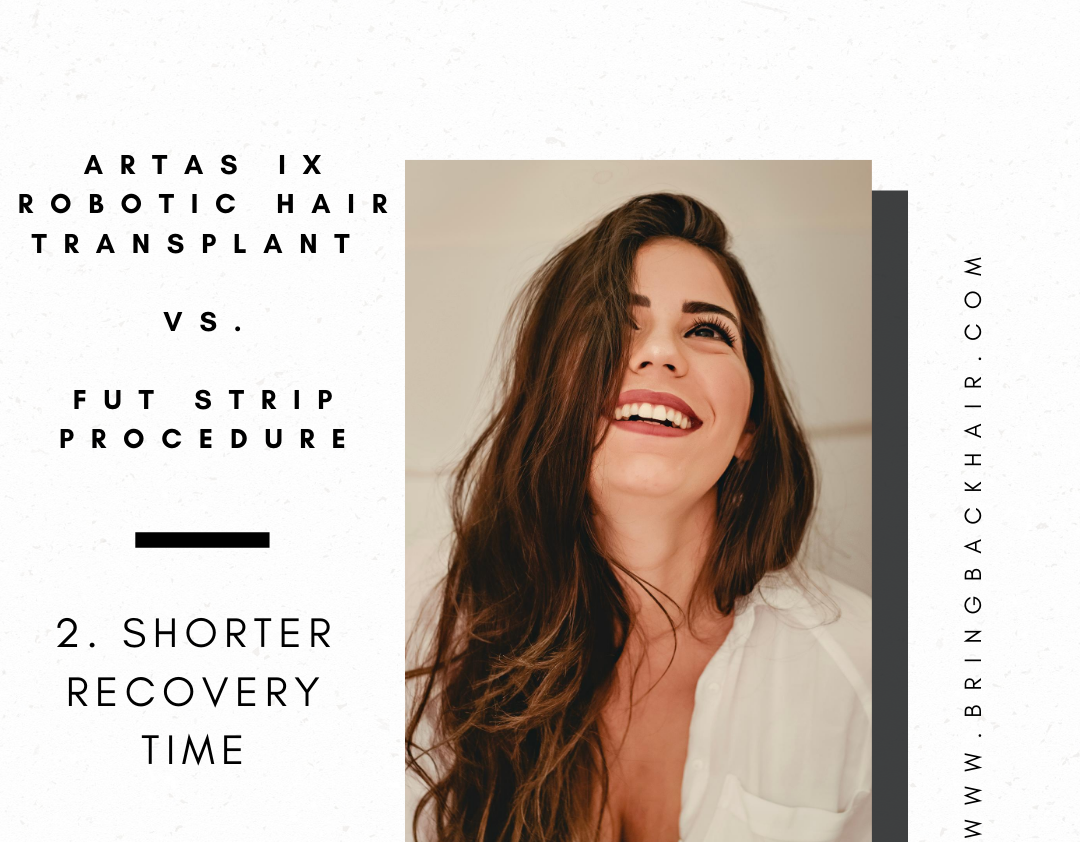
2. Shorter Recovery Time
Due to the minimally-invasive nature of the ARTAS system, there is a shorter recovery time that the patient has to go through. In the FUE technique, there are no stitches involved, whereas in the FUT technique, the surgeon must stitch the donor area of the scalp back together. This is what results in the linear scar on the back of the head of patients who have had a FUT procedure. In turn, the patient must have proper recovery time, compared to a procedure with ARTAS where they would be able to go back to their usual activities after a day or two.
3 / 10

Virtually Painless Procedure
As one can imagine, when comparing a procedure that is more invasive than the other, it’s safe to assume that the more invasive one would also have more pain involved. You wouldn’t be wrong to assume that in this case either. Due to the fact that the FUT procedure leaves you with a linear scar, this is supplemented with a couple other issues. These symptoms include lingering pain, tightness of the scalp, difficulty sleeping, weeks of restricted activity, potential nerve damage, tingling, and numbness just to name a few. The use of pain medicine is usually needed when it comes to this technique. Contrary to the FUT method, the ARTAS method is on the opposite spectrum (again). Patients rarely require any use of pain medicine even right after this procedure.
4 / 10

4. No Sign of a Hair Transplant
Not that it has to be reiterated, but a key sign of a FUT procedure is the linear scar on the back of the patient’s scalp. This can present itself as a problem if the patient chooses to wear their hair short as the scar will be easily seen. Aside from the list of uncomfortable symptoms and linear scar that characterize the procedure, it also has a higher risk of general scarring of the hair follicles. This can cause a higher risk of trauma to the hair follicles as the method of harvesting is more harsh than it is in the FUE method.
5 / 10
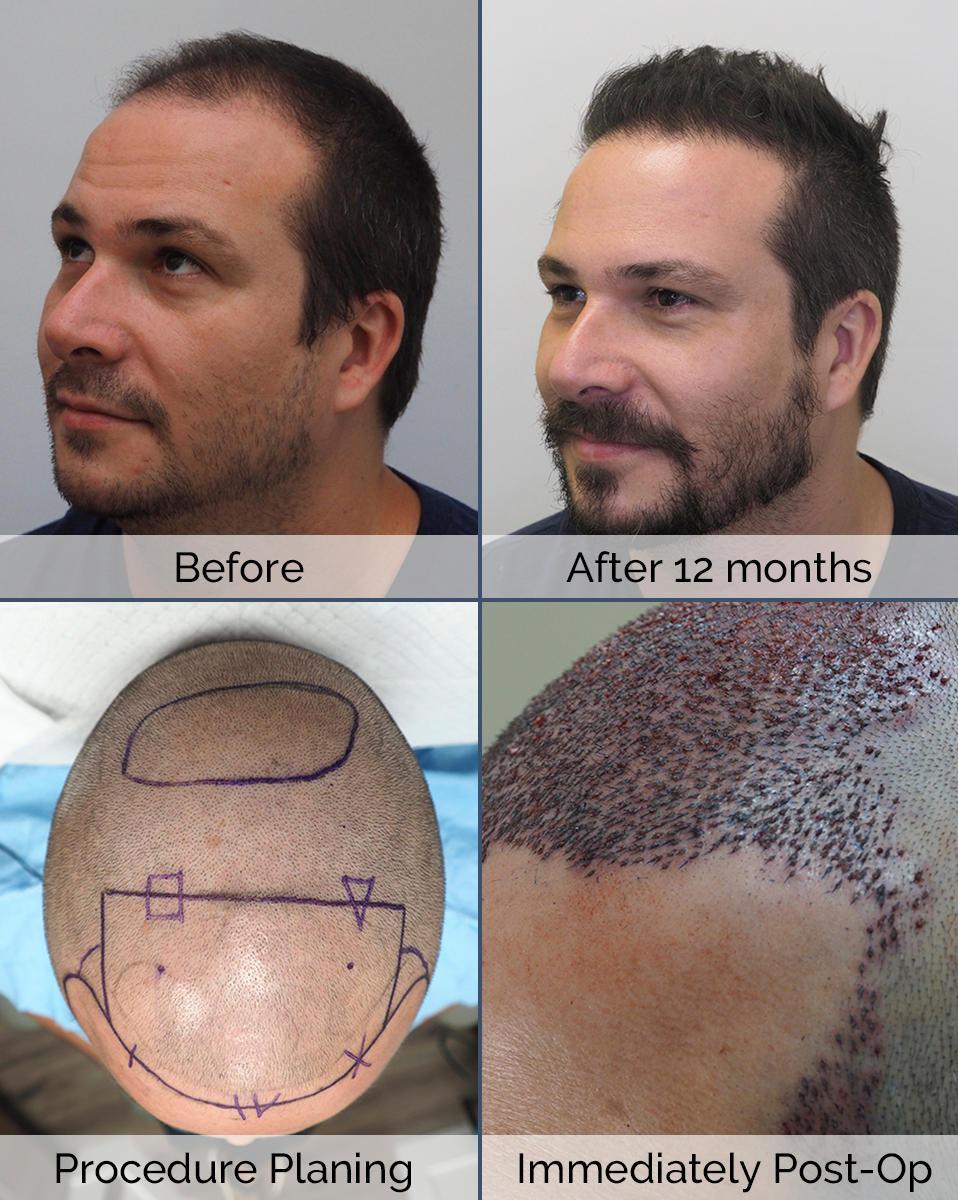
See the step by step process of Pedro’s hair restoration procedure using ARTAS Robotics. Make your dreams come true and achieve these similar outcomes with ARTAS robotic technology!
6 / 10

Do not miss our Wrinkle-Free Wednesday at Maxim Medical 😁
-Only $10 per unit!
-Treatment: Xeomin or Dysport
-Purpose: Treat brow wrinkles, crow’s feet, and frown lines
-How It Works: Xeomin is a form of botulism toxin that blocks muscle movement in areas that contribute to wrinkles. Xeomin undergoes an extra purification step than Botox
-Results: Last from 3 to 4 months, and many claim Dysport or Xeomin effects start to take in much quicker than its alternatives
-Phone: 954-945-2909
-Email: md.chumak@gmail.com
7 / 10
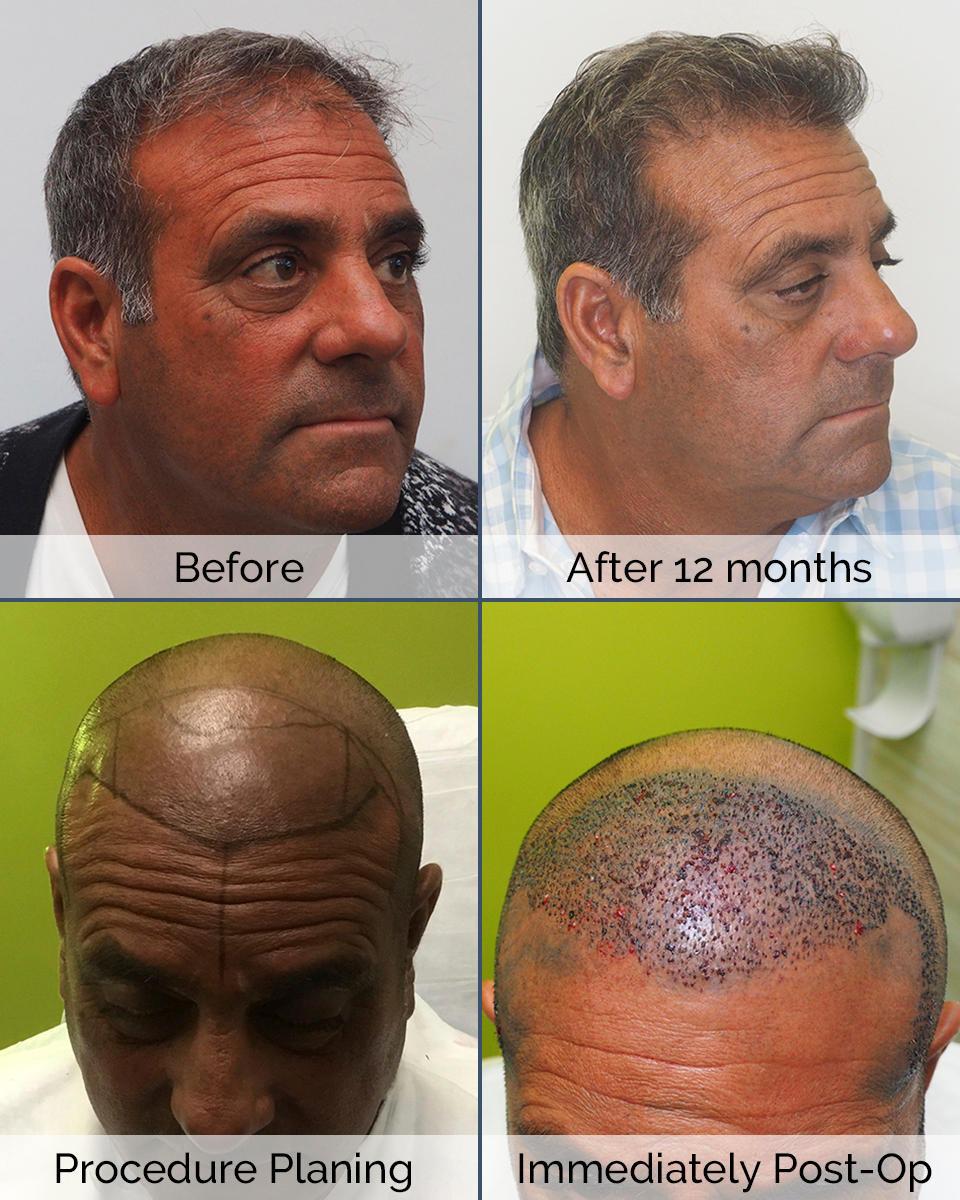
Using ARTAS robotic technology, Dr. Chumak helped restore Dominic's hair to its full vitality.
8 / 10
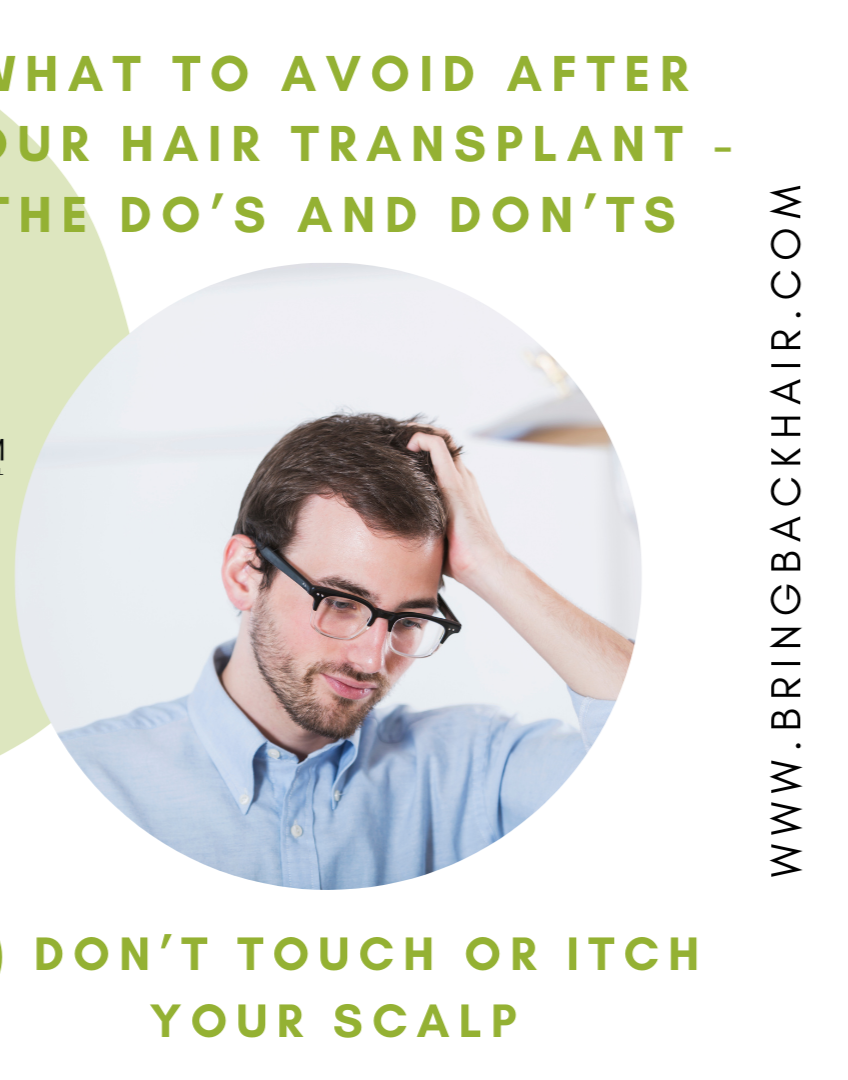
1. Don’t Touch Or Itch Your Scalp
This rule is extremely important to adhere to, as are the other rules. After your procedure, it will be easier said than done to not touch or itch your scalp as it will obviously be quite a bit irritated and sore. Touching these newly placed grafts can very likely damage them. This can result in the graft falling or causing more trauma to your scalp which would hinder the graft’s healing process.
After a couple of days after your hair transplant, it is normal to see scabs on your scalp. These scabs are likely to fall naturally anytime between a few days to over a week, so don’t be concerned when you see them. Like before, avoid picking at the scabs or scratching them when they itch. This can promote infection or damage to the site.
9 / 10
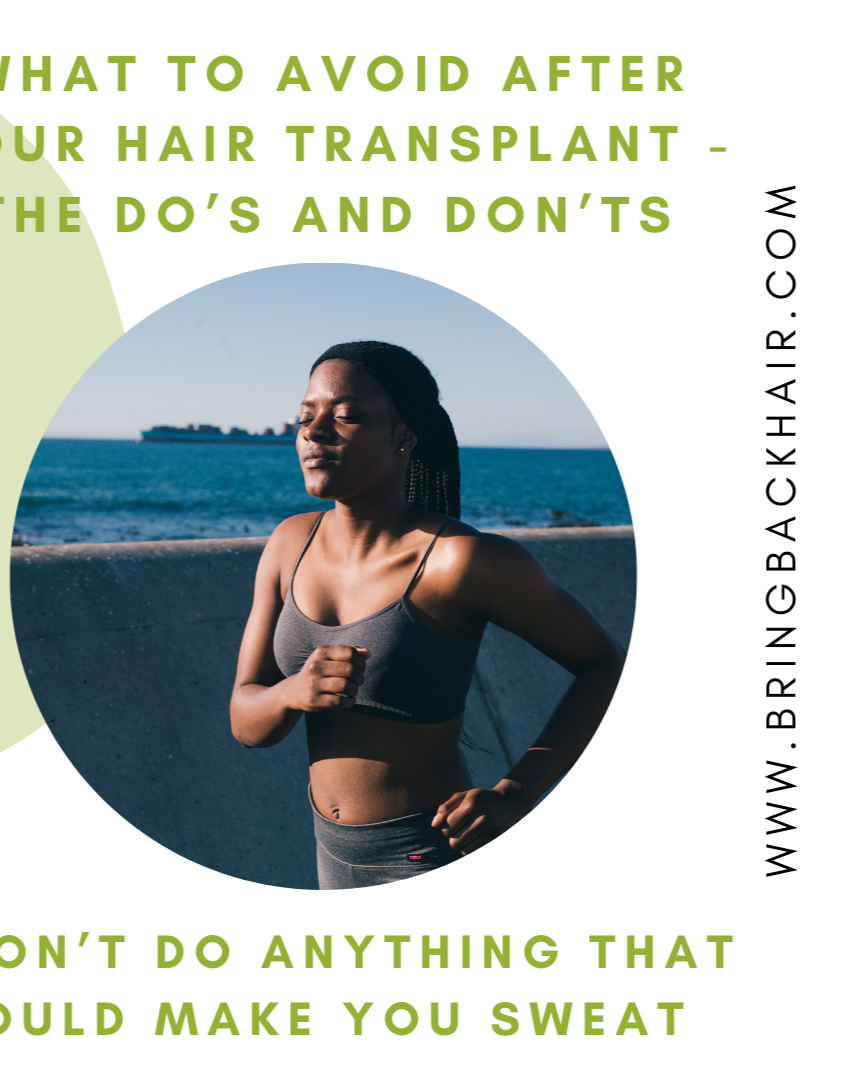
2. Don’t Do Anything That Would Make You Sweat
Exercise can cause excessive sweating, but this rule also applies to things like going into a sauna or staying outdoors on an extremely hot day. In general, excessive sweating should be avoided completely, as this can lead to infection in your hair transplant site. If it is very hot in your area, stay inside as much as possible for the first month following your transplant.
Talk to your doctor if your profession involves physical activity, especially if you sweat during it. You may need to take even more time off of work or have special provisions made for you as you recover from your hair transplant.
10 / 10
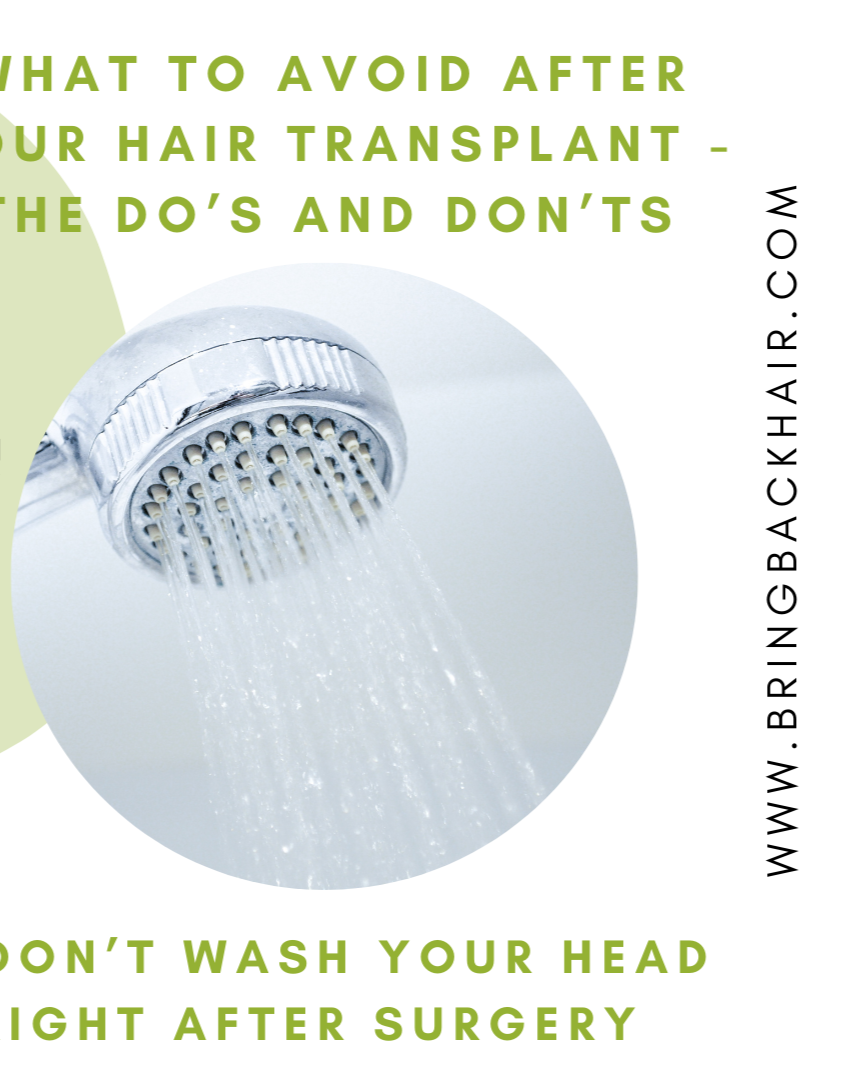
3. Don’t Wash Your Head Right After Surgery
You shouldn’t wash your head at least for 24 hours after surgery. Once you are allowed to do it again, your touch should be light and careful, so as not to disturb the graft. You should also use cold water and light water pressure. This washing procedure should be kept up for a while after surgery, at least five days. Try not to let the water beat directly onto the recipient area where the grafts are for the first 4-5 days after surgery. You may want to have a cup in the shower to help rinse the graft sites.